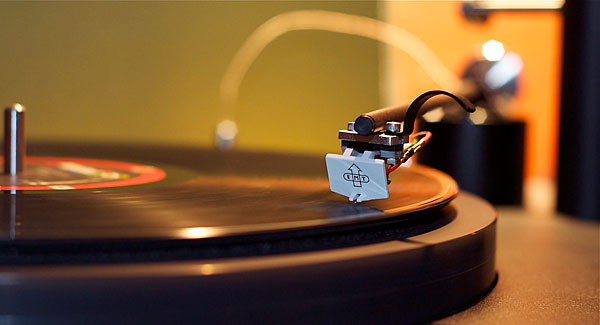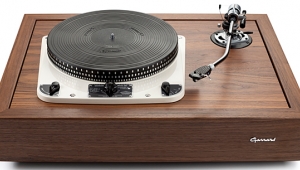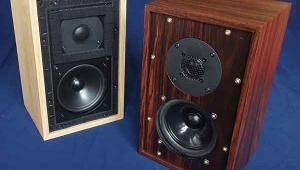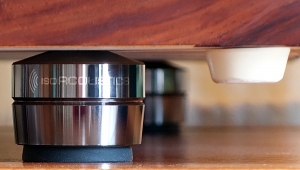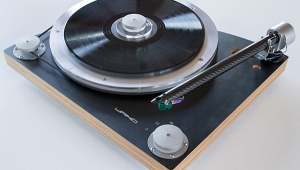| Columns Retired Columns & Blogs |
Art, your article reads like a collected wisdom sign off. One of your best ever. You're not leaving Stereophile, are you?
"...stop wrapping casework that costs $2000 to make around amplifiers that cost $1000 to make..."
Brings to mind a top-hatted tycoon lighting a cigar with a $100 bill, or a 500 pound tail wagging a five pound dog.


